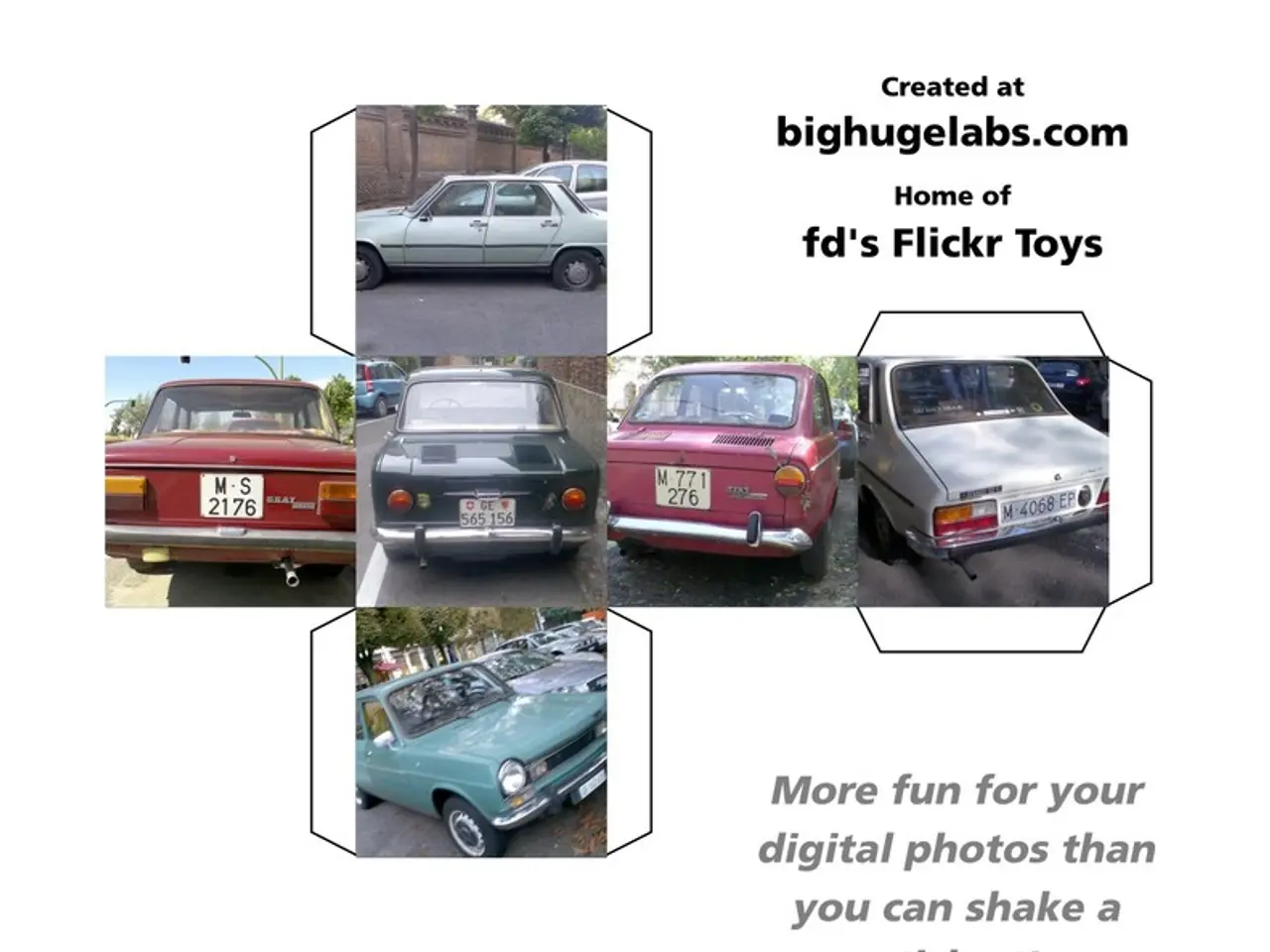Week 35/25 Update: Model Y performance iterations, BYD advancements, ongoing Lidar disputes, and Cybertruck prospects
Tesla's Model Y Performance Returns and Autonomous Driving Progress
In a recent development, Tesla has reintroduced the Performance version of the Model Y in Europe, following a half-year hiatus. The electric vehicle (EV) giant also announced that part 2 of its master plan will be completed next year.
CEO Elon Musk reaffirmed Tesla's approach of using cameras and artificial intelligence for autonomous driving. Musk stated that more than one type of sensor creates uncertainty and reduces safety, a stance that was met with pushback as he had previously written that cameras combined with high-resolution radar would be a better solution for autonomous driving.
The Model Y Performance, like the Model 3 before it, boasts a sportier front and rear design, and the front seats have more side support. The vehicle features carbon fiber trim, Plaid emblems, and a 1-inch larger touchscreen. The Performance variant has a battery with about 5 kilowatt hours more capacity than the Long Range variants, allowing for a WLTP range of 580 kilometers. Acceleration to 100 km/h has improved by two tenths to 3.5 seconds in the Model Y Performance.
The Model Y Performance is now priced at 61,990 euros in Germany, an increase of 2,000 euros compared to the previous model. The service area for Tesla's "robotaxis" has been expanded, and Model Y vehicles have been operating as "robotaxis" with a monitoring passenger in Austin, Texas. The number of Model Y vehicles acting as "robotaxis" is set to increase by 50 percent.
However, the European Union regulations on pedestrian protection currently prevent the Cybertruck from being type-approved in the EU. The USA and EU have agreed to implement a customs agreement that could allow the Cybertruck to be driven on European roads without further modifications. The European Union, through cooperation within the EU-USA Trade and Technology Council established in 2021, has reached agreements that impact transatlantic trade, including tariffs, which could directly affect Tesla Cybertruck approvals and import costs for Model S and Model X.
Meanwhile, Tesla's rival, Waymo, is already driving autonomously in Austin and other US cities. Interestingly, Tesla has not decided to present the Model Y Performance at the IAA in Munich in mid-September. CEO Musk stated that the version 14 of Tesla's FSD software, announced for September, will drive two to three times better than a human, but with improvements to be made in the following months.
In other news, Chinese electric car maker BYD likely sold more electric cars in Europe in July than Tesla. Despite this, Tesla's commitment to innovation and advancement in the EV industry remains unwavering, as Musk announced that part 3 of Tesla's master plan, presented at Tesla's shareholder day in March 2023, was "too complex."
As Tesla continues to push boundaries in the EV industry, we can expect more exciting developments in the near future. Stay tuned for updates on Tesla's journey towards a sustainable and autonomous transportation future.








